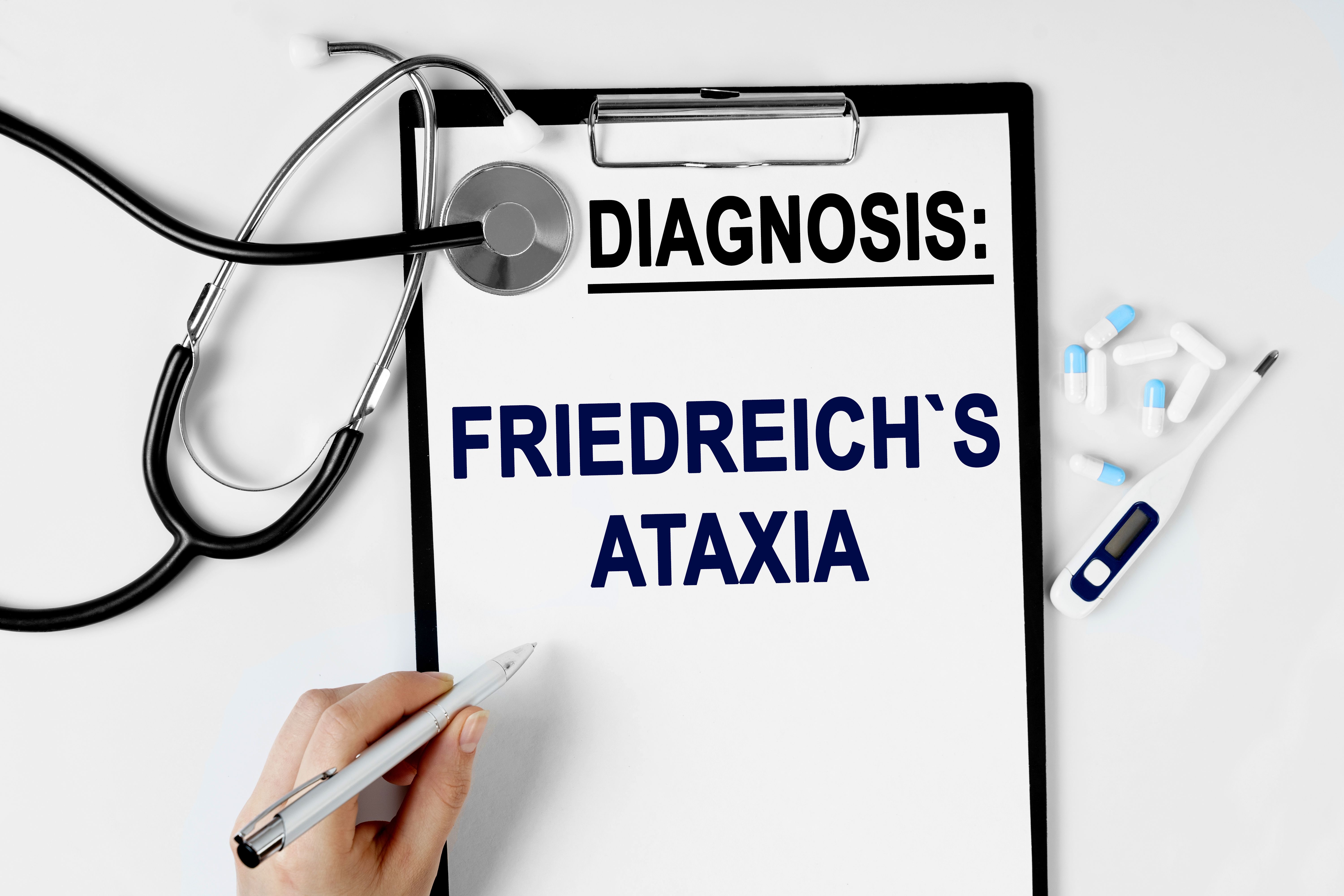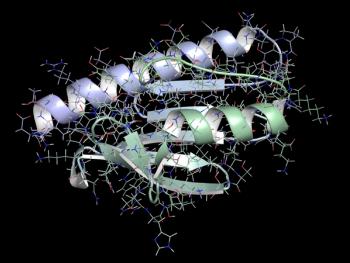
Most people haven’t heard of the condition, but Friedreich’s ataxia is getting more attention because of a new treatment and a large number of clinical trials enrolling people with the condition.


Most people haven’t heard of the condition, but Friedreich’s ataxia is getting more attention because of a new treatment and a large number of clinical trials enrolling people with the condition.

Genetic and biochemical testing are crucial for improving outcomes for patients with Friedreich ataxia, according to speakers at a symposium at the European Association of Neurology Congress.

Researchers are studying how leukocyte telomere length may be associated with the progression of Friedreich's ataxia.

The approval of Skyclarys underscored the importance of sensitive outcome measures, say authors.

Existing treatments for FDRA are limited and often fail to effectively address the root causes of the disease or manage its neurological symptoms.

Given the lack of approved treatments for FA cardiomyopathy, LX2006's potential could represent a breakthrough for patients suffering from a disease characterized by severe cardiac complications.

This past May, Larimar Therapeutics, a clinical-stage biotechnology company focused on developing treatments for rare diseases, announced that its lead compound for Friedreich's Ataxia, Nomlabofusp, would participate in the START pilot program. Nomlabofusp is one of the three Center for Drug Evaluation and Research programs and one of the six programs selected by the FDA.